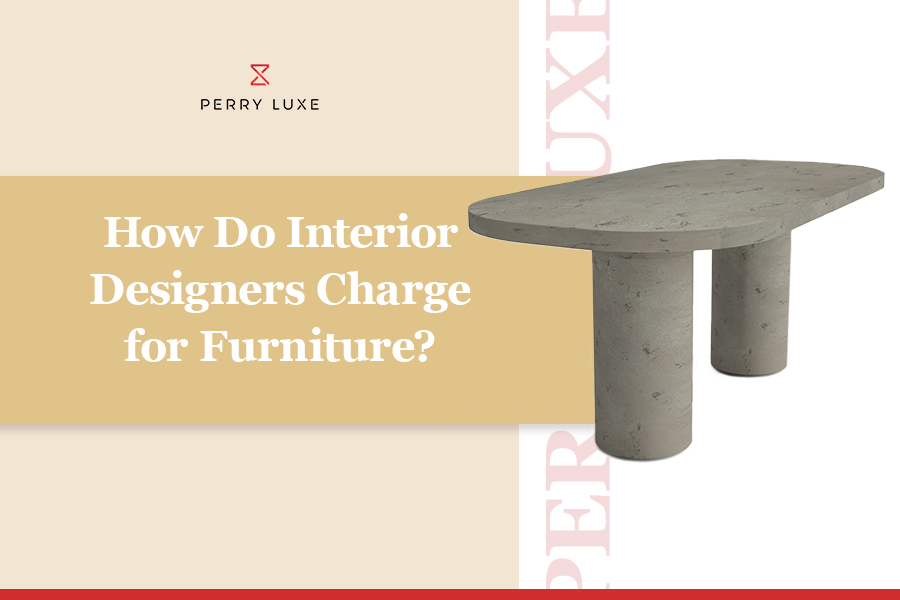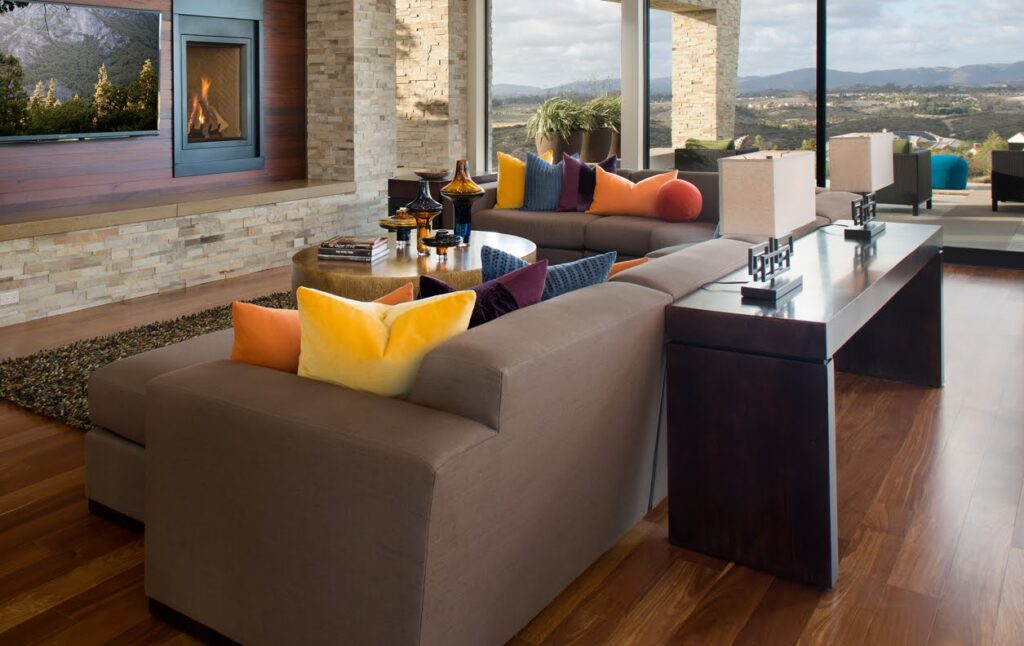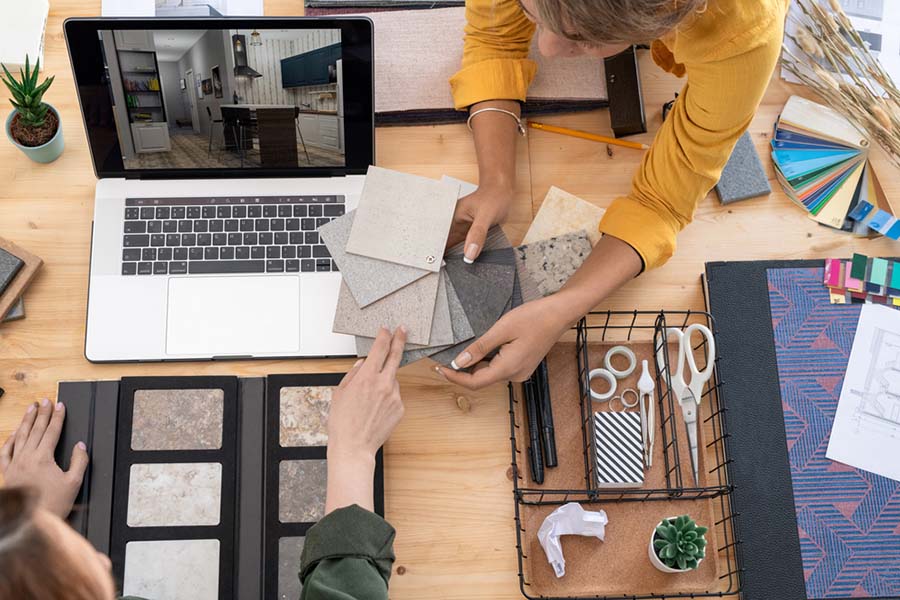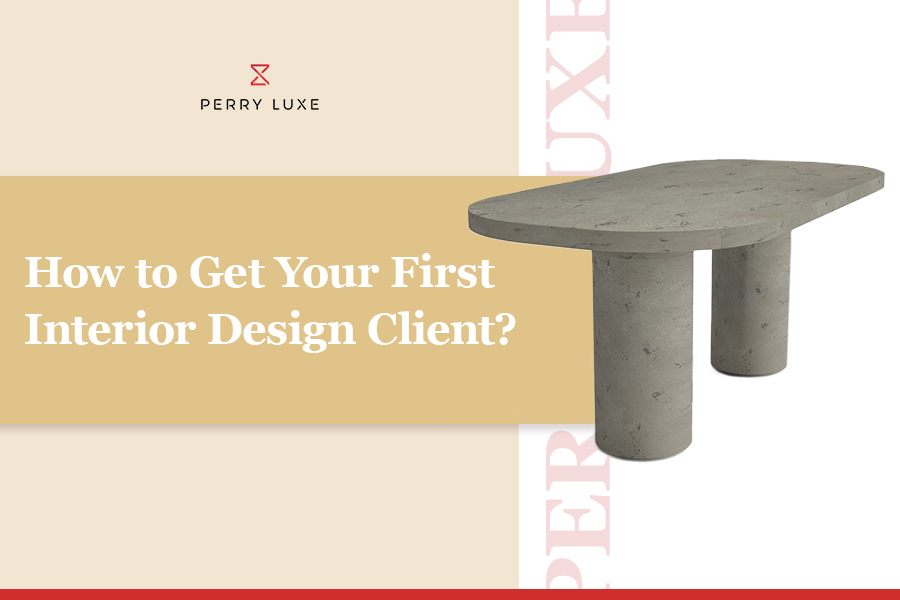How Do Interior Designers Charge for Furniture

One of your more challenging tasks as an interior designer will be finding the perfect furniture for your clients. If you are interested in earning extra income, you can create a trade account with certain vendors and receive access to exclusive and discounted furniture pieces. So, how do interior designers charge for furniture, and how can you make a living from doing so?
By discovering what are the common methods of charging for furniture by interior designers, you can ensure you are utilizing a pricing method that is aligned with your goal as an interior designer. Let’s find out together which of the four methods will best fit your business model and objective. Don’t forget that you can combine different pricing models.
How Do Interior Designers Charge for Furniture?
Nowadays, many interior designers offer “to the trade” furniture to their clients. This is a highly beneficial method for purchasing furniture, both for the interior designer and the client. You, as an interior designer, have the opportunity to make a profitable sale, while your client receives customized and unique pieces of furniture that are not available to the general public.
But, how do interior designers charge for furniture? Generally speaking, there are four possible scenarios. Each pricing method comes with a unique set of advantages and drawbacks.
- Passing on the full discount to the client
- Sharing a percentage of the discount with the client
- Keeping the entire discount
- Keeping the discount plus a markup
It’s up to you to choose the best strategy to sell affordable to the trade furniture. At some point, it may be a smart financial decision to adjust your billing technique according to the market and your client, or perhaps even utilizing a combination of multiple methods.

Passing on the full discount to the client
Although it is not the most popular option, offering furniture to the client at the same price as you purchased it for from the supplier has multiple benefits. For one, offering discounted furniture to your clients builds trust and transparency.
This pricing model can be adopted as a strategic decision to ensure a long-term client-interior designer relationship. It can be especially good for new interior designers, just starting to build out their client base and portfolio.
Offering the full discount to your clients can also give you a competitive edge. Not marking up furniture prices can make clients choose your services over your competitors because they perceive better value.
More than that, offering the full discount to your clients allows you to charge higher fees for your design. You can see how this could result in a win-win situation. The client is satisfied, as they get a great discount for their furniture purchase, while you, as an interior designer, are paid well for doing your part of the job.
Sharing a percentage of the discount with the client
Sharing a percentage of the discount with the client can be a beneficial strategy for interior designers as it instills trust and transparency, while enhancing client satisfaction and loyalty. However, these are not the only benefits. Sharing discounts with your clients can set you apart from competitors who keep the discount to themselves.
A shared discount offers a higher chance for potential clients to choose you over thousands of others and offers your clients a reason to keep coming back to you.
In this case, the interior designer keeps part of the discount and passes some of the discount on to the client. A common practice is sharing the discount 50-50. For example, if the designer receives a 10% discount from the supplier, the designer would keep 5% and pass on the remaining 5% to the client. All things considered, this pricing method can also result in a win-win situation. As an interior designer, you will still receive compensation for your efforts, while your client will save on furniture costs and possibly use those savings to increase their overall interior design project spend.

Keeping the entire discount
Keeping the entire trade account discount is another pricing method many experienced interior designers utilize. Here, the designer keeps the full trade discount provided by the supplier for themselves as an additional revenue stream for their business. In simpler terms, you charge the client the normal retail furniture cost, and keep the discount received from your trade account.
Although it’s a practice most designers stay away from, there are a number of advantages when it comes to keeping your full trade discount, one being (as mentioned) additional revenue.
When keeping the entire discount, full transparency with clients is essential. It is important to have some ethical and professional considerations. Disclosing your trade terms honestly is necessary, not only for the trust of your clients, but also to stay compliant with industry laws and regulations.
Keeping the discount plus a markup
As an interior designer, you also have the option to mark up the retail price of the furniture. You may be wondering, how do interior designers determine the cost of furniture markup?
If you are an interior designer with trade account privileges, you are responsible for determining the cost of furniture markup. Typically, interior designers can charge between 10% and 30% above the retail price.
To decide the exact cost, you can consider various factors such as:
- Market trends and rates
- Time dedicated to arranging the sale and all other logistics
- Profit margin from the entire project
- Project scope and scale
- Number of furniture pieces the client will purchase
- Furniture exclusivity and quality
How Do Interior Designers Pay for Furniture
Understanding what are the different ways that interior designers charge for furniture is also crucial to succeeding in the industry. Generally, most furniture payments are regulated by the trade account terms and conditions.
There are various payment regulations between an interior designer and a furniture manufacturer. For instance, some trade account types obligate the interior designer to pay for the order before shipment. Others allow a grace period, typically up to 30 days, that you will have to cover the expenses for the furniture.
Another popular option trade only suppliers and manufacturers like to offer is a credit account. In such cases, you will have the option to purchase the furniture on credit and pay it off when the client pays for it.
What will work best for you depends on your business model, relationship with the supplier, and agreement with the client. More specifically, you have the following options at your disposal:
- Request an upfront payment from the client so you can cover the cost of the furniture
- Allow the client to pay in installments and purchase the furniture through a credit account
- Bill the client after you pay for the furniture and collect funds
- Arrange everything so the client can directly pay for the purchase

How much does an interior designer cost including furniture?
The interior designer cost you can charge your clients depends on many factors, including your expertise, the pricing model you use, your geographic location, the complexity of the project, furniture type, and much more. Consequently, the current national average cost for designing a single room, including furniture, can range between $1,900 and $12,000. When we dig a little bit deeper into the costs, the hourly rate of interior designers can be between $100 and $200 without furniture.
Conclusion
Knowing how do interior designers charge for furniture should be one of your top priorities if you want to have a sustainable business. You should keep all options in mind, from offering discounted furniture to tailoring a markup price. If you are interested in becoming an interior designer that offers high-quality furniture not available to the public and are looking to gain a competitive advantage, register for a trade account with our team at PERRY Luxe and start enjoying the benefits!
Interior Design Business
How to Get Your First Interior Design Client
Being an interior designer in a highly competitive industry can be challenging, especially if you are new and have yet t...
READ MORE
